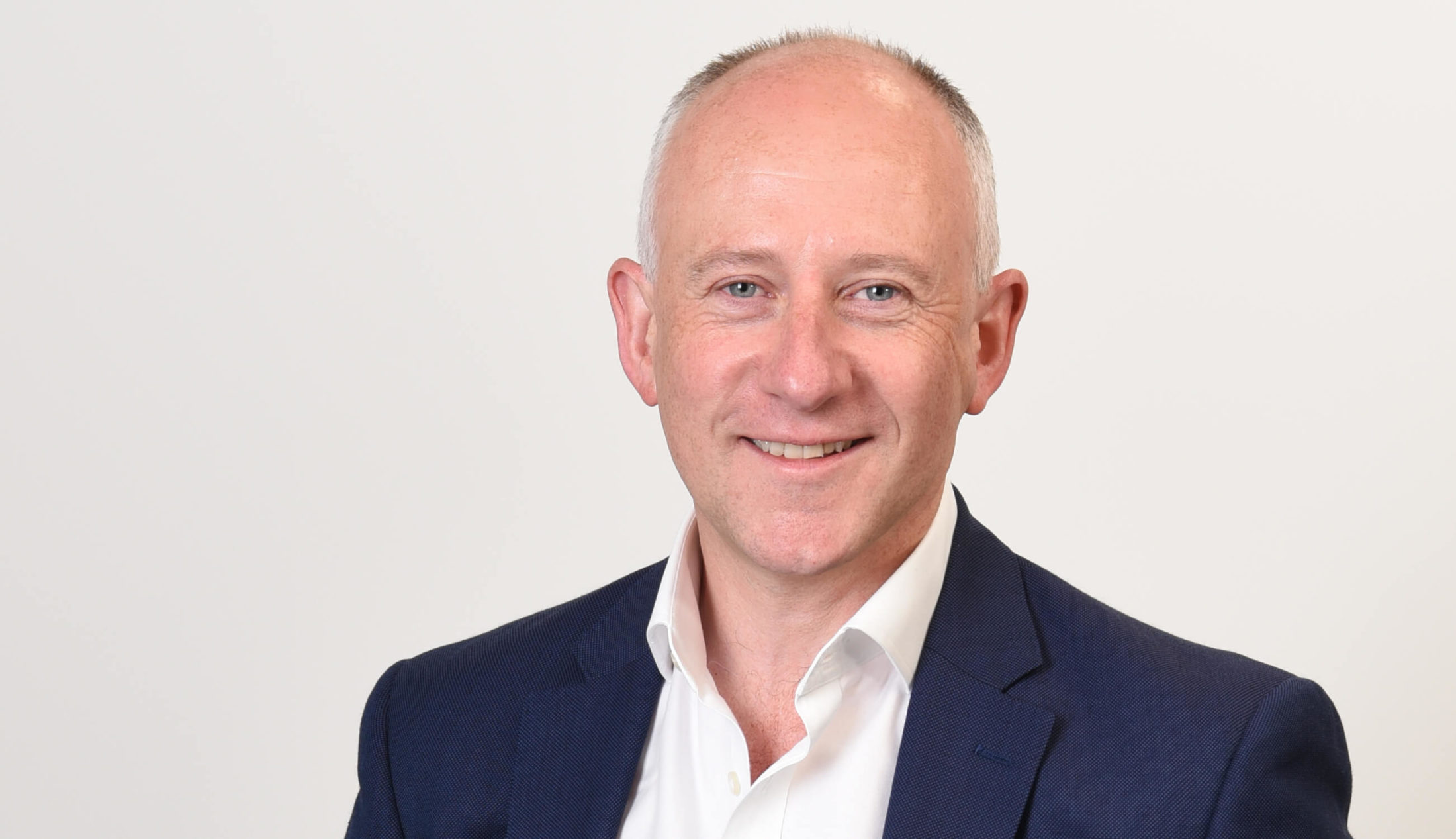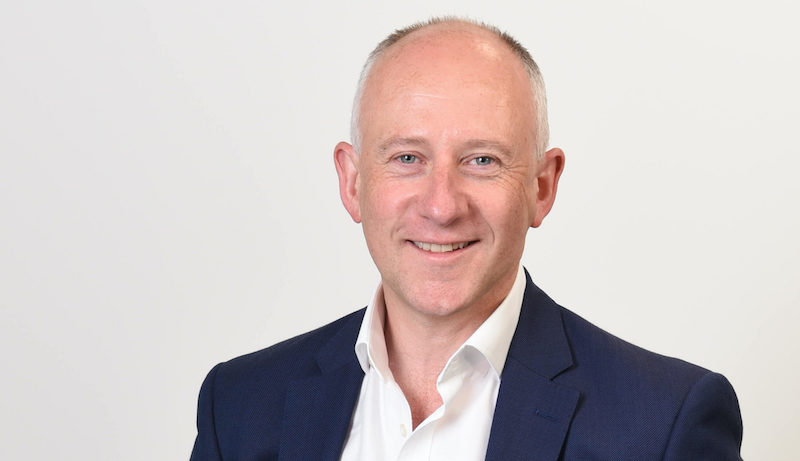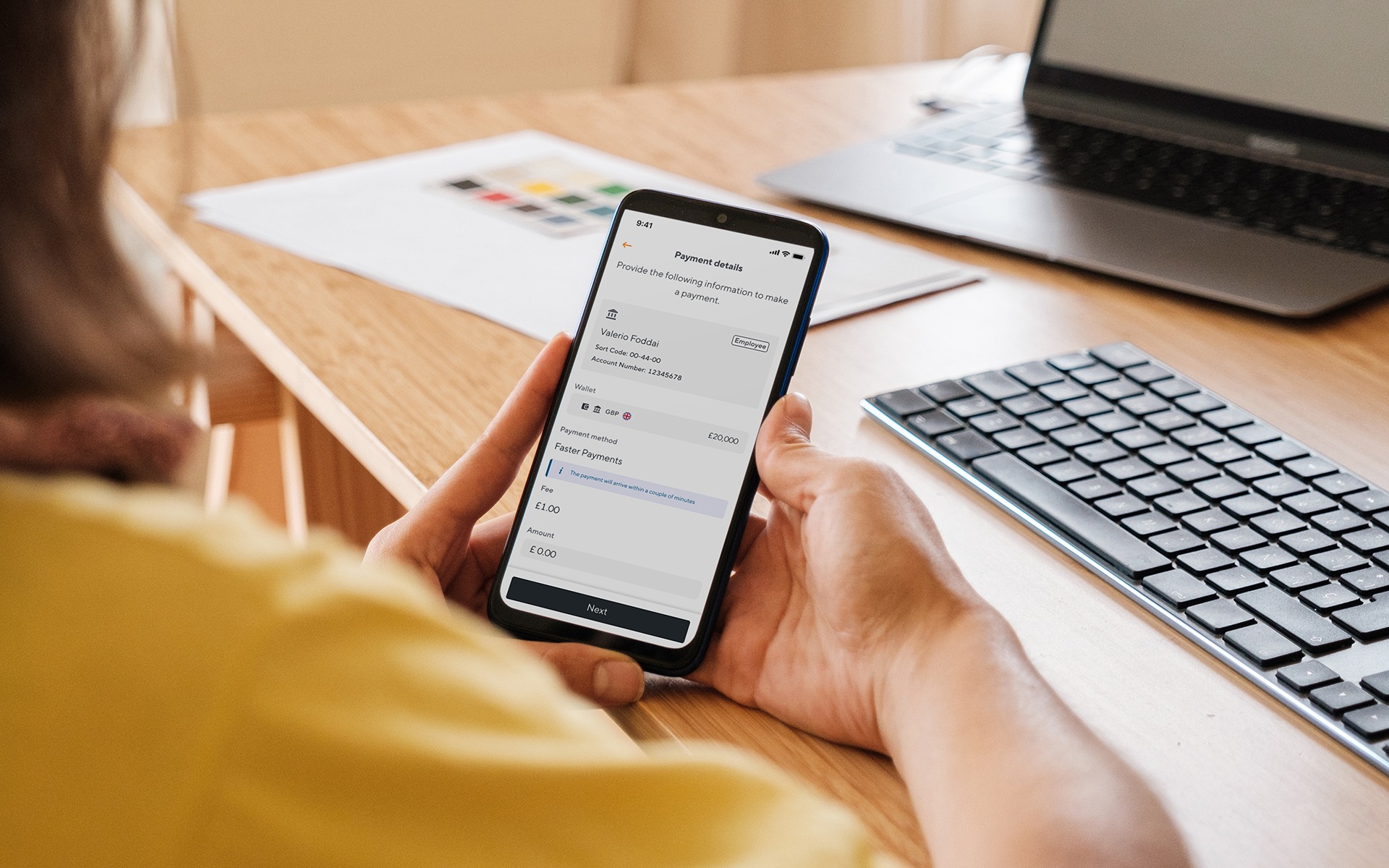Keeping Up with Big Data: GeoSpock and the Smart City Revolution
An interview with Richard Baker, CEO, GeoSpock
Richard founded his first fintech business before ‘fintech’ existed, developing one of the first fully regulated futures markets to use cloud computing in 2009. By 2015 he had sold it to EEX Group and has since invested in several further fintech propositions. Today he serves as CEO of GeoSpock, a cloud data management business unlocking some of the most innovative big data applications in Smart Cities and the Internet of Things. Richard tells prepaid card provider, Soldo, about how we are on the brink of exciting advances for hyper-connected urban communities – provided the UK can catch up with cities in Asia.
GeoSpock is founded on a very odd question about the human mind – can you explain that to us?
GeoSpock was founded by Dr. Steve Marsh, a computer scientist from Cambridge University. For his PhD in hardware and software engineering, Steve asked the question: “how you would emulate one second of the human mind in a supercomputer environment?” That’s not just an amusing, speculative question – it leads into how we might deal with massive amounts of data – the sort of data we’re seeing in computing environments today.
For his PhD back in 2012, Steve was up against IBM’s Blue Gene supercomputer. But whilst it was taking them two weeks to emulate one second of human brain function, Steve’s process achieved it in one second. What Steve discovered in his ‘hive mind’ project was that the challenges of asking complex questions of data and getting fast answers are not challenges of storage or processor power; the bottleneck is efficient communication between resources.
This work led to GeoSpock, which is a modern, high-powered indexing algorithm for big data – which sounds boring without Steve’s story, but it’s incredibly powerful when you think about the time-series datasets and spatial datasets coming from the world of the physical internet (the Internet of Things). We’ve now got about 21BN IoT sensors on the planet as we end 2019, consistently producing vast volumes of data – more exchanges of data than humans produce by themselves. So we concentrate on geo-temporal data sets, meaning where something is, what it is in proximity to, and how you would run analytics on it. We’re interested in things like smart cities and connected and autonomous vehicles.
Imagine a million autonomous vehicles trying to drive around the city. Those vehicles need to know about each other; but they also need to know about their environment and to do that, they need to collaborate with the infrastructure of the city: everything from smart street lights to smart dustbins. We’re entering an age of hyper-connected infrastructure. For example, a connected car today produces up to 1.7 terabytes of data per year. Just one car! And that’s just the basic telematics; are the lights on? What’s the braking behaviour? So imagine where we’re heading as that car gets even more sophisticated with autonomous functions.
By the way, that will also bridge to fintech. It’s worth asking what payment systems will look like in a hyper-connected world. It’s one thing to look at all these devices and sensors and the relationship between them. But we’re also about to see a huge new market of machine-to-machine background chatter in transactions, for example, my car will pay for itself when it’s plugged into an EV charging station – I won’t need to be involved in the transaction at all. Similarly, we should ask how smart cities will help an individual carrying a digital wallet – we should see seamlessness and simplicity in either using services or developing new models whereby I can subscribe to services. These are all themes in their infancy, but fintech is well placed to innovate with smart cities to create new business models and day-to-day services.
We’ve now got about 21BN IoT sensors on the planet as we end 2019, consistently producing vast volumes of data – more exchanges of data than humans produce by themselves.
Take me through the indexing technology…
We deal with the challenge of ingesting data, indexing it and making it easy to query promptly. Our promise to our customers is that we will always deliver an answer in under a minute: no matter how big the data set is, we’ll always give a very fast response to proximity and location analytic centres. For example, we work with some big retail companies on footfall and behaviour analytics: where people end up going, where their handsets are turned off, and extracting habits from that data.
We effectively distribute very large datasets very efficiently across low cost storage devices. We run in the cloud – we actually have a partnership with Amazon Web Services, and as you can imagine we’re plugging lots of terabyte drives into a big chassis. So there are potentially hundreds of drives distributed all over the world in different buildings.
Our index has the ability to access all of those drives in parallel, so when somebody is querying data, we don’t create serial bottlenecks. What consumes the time is loading data from storage environments into the processing environment; our indexes consume smaller amounts of computer storage when we’re answering analytical questions. It’s a hyper parallelized environment so that we are running extremely efficiently on the lowest cost components in cloud computing.
Returning to smart cities and logistics, what will these exponential amounts of machine-to-machine data deliver?
Traditionally, the connotation of geospatial data has been satellite imagery; digitizing 2D paper maps and bringing them into the digital world. We don’t deal with that kind of spatial data. Our world is ground-up, what’s being called Industry 4.0; the next generation of the internet. We’ve seen big fibre pipes and local access broadband networks being delivered to cabinets in our streets – and in the UK an abysmal network of copper cables or coaxial cables to our houses. But with the rise of 5G we’re about to see real hyper-speed connectivity, all delivered very locally.
Every 5G base station is capable of hosting around a million concurrent connections, all of them achieving below one second in latency. That starts to open up this hyper-connected Internet of Things market, and I think IoT will mean two very different things. In the consumer world, it means, for example, my fridge is going to be IoT-enabled and via my Wi-Fi router it will order milk when it sees that I’m running out. And then there’s our side of the business: hyper-connected urban ecosystems – all of the IoT that’s going into smart buildings, into connected assets, from ships and cranes to a vehicle running around the city delivering goods.
There are around 20,000 smart city projects on the planet today, all at different stages of delivery. Much of it is starting with infrastructure, for example, taking down old sodium streetlights and replacing them with new LED smart streetlights. They have a Wi-Fi, Bluetooth and 4G head on top of the lamppost – it now becomes both a communications hub and a sensor for the city. Every lamp is a point of presence, and every vehicle passing it can send and receive a background signal. It all of a sudden gives planners an understanding of the movement of vehicles and congestion and an insight into the utilization of roads and services. We can tell who is in a car park, who is driving down what streets and the average speed on each street. The days of cities needing to send out surveyors with clipboards to obtain out-of-date data are over: in the next three to five years most cities will have laid down that first generation of connected infrastructure.
The ramifications of this are fantastic. Where it gets exciting is when you start to connect systems together that are currently disparate. We see our role to be handling the exponential amounts of data created when these disparate siloed systems – streetlights, Bluetooth / Wi-Fi networks, ANPR cameras, CCTV – are connected. When that data can be fused together and made available to a city, services and applications can be planned, almost in realtime.
Every 5G base station is capable of hosting around a million concurrent connections, all of them achieving below one second in latency. That starts to open up this hyper-connected Internet of Things market: hyper connected urban ecosystems – all of the IoT that’s going into smart buildings, into connected assets, from ships and cranes to a vehicle running around the city delivering goods.
That’s great for Smart City enthusiasts. But how do you explain the art of the possible to town planners or municipal organizations? The public sector is tied politically to short-termism and at the moment is particularly cash-starved…
And actually that picture is different around the world, which is interesting in itself. We’re doing a lot of work in the UK, and every local council that we work within the UK is indeed, cash-starved. Typically, therefore, they are raising Innovate UK grants from the British Business Bank to fund these transformation projects. We’ve also co-produced a number of Innovate UK applications with UK Smart Cities. We have around 70 Smart City projects live in the UK right now and some are making amazing progress.
We recently announced our Smart City projects in Oxfordshire, where we are the data fusion platform and we will be working with machine learning and AI partners to run traffic simulations. Amazingly, the traffic planning system in the UK is over 30 years old, yet it’s still used by the majority of councils to forecast road usage and refreshing traffic light systems. Oxford is one of the first to replace that legacy system with better data-driven decision-making. Oxford is very progressive: they are one of the few councils to deliberately look at ring-fencing budgets, they have built an innovation team and they’ve got 24 data scientists on board.
In Asia, it’s a completely different picture. We work in Singapore, Japan and Taiwan, where there’s a big commitment to the transformation of infrastructure to smart cities. There’s just a completely different agenda. Singapore has its Smart Nation program, with billions of dollars committed to connecting everything. There are similar programs in Hong Kong, so I think we’re seeing real pace and adoption in Asia and by contrast, the UK is struggling. There’s the aspiration, but up until now there has been little coordinated planning from central Government. That’s beginning to change: in the last year the Geospatial Commission was formed in the Cabinet Office and alongside the Infrastructure Commission they are looking at making funds available for the digital economy in the UK and digitizing services. So there is recognition of what needs to be done, but it’s happening very slowly in the UK.
Finally, who is going to own these ecosystems?
This cannot be taken lightly. The level of security around a city and all of the machine-to-machine transactions going on in the background demands a maturing of the regulation and standards to ensure that this is a protected and safe environment while still innovating. Nobody has fully established regulation and who takes oversight. Is the local city council going to be responsible if your autonomous vehicle company transaction doesn’t work properly? The fundamental question of who do I go to with a problem – the foundation of trading standards for the modern era – remains unresolved.
This interview is part of a series by Soldo, the prepaid company card solution that makes your expense accounting simple. You can read more interviews from Soldo’s interview series here.








